Was this article helpful?
Thanks for your feedback
The basic steps of working with Automation Hub can be broadly classified into the following:
Let’s look at the steps in detail.
To get started with the Automation Hub, you need to create a project. Projects help you keep everything related to your automation set up under one location in an organized manner.
To create a project, perform the steps given below:
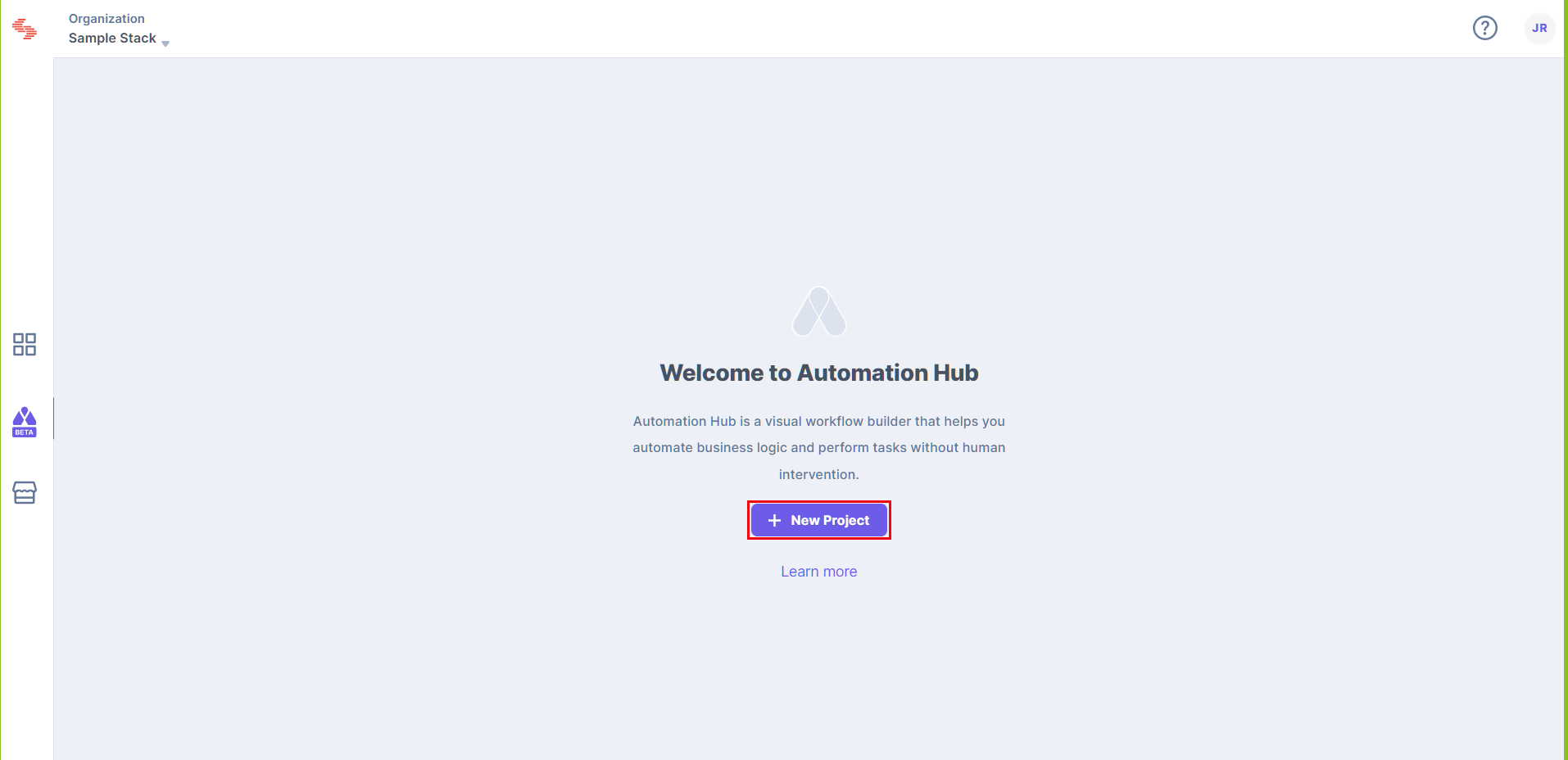
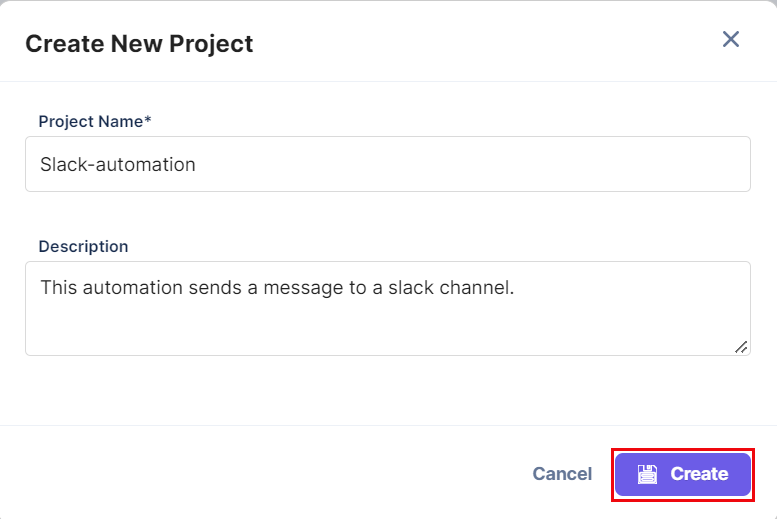
The above steps open the Automations page, which is the next step in the process.
Automation is the process of creating a workflow that sets up a connection between two or more web apps or services, including Contentstack.
Automations help you set up specific steps that will perform based on the specified conditions. Once you define these steps, Contentstack Automations will automate the executions of the steps.
First, perform the following steps to create an Automation:
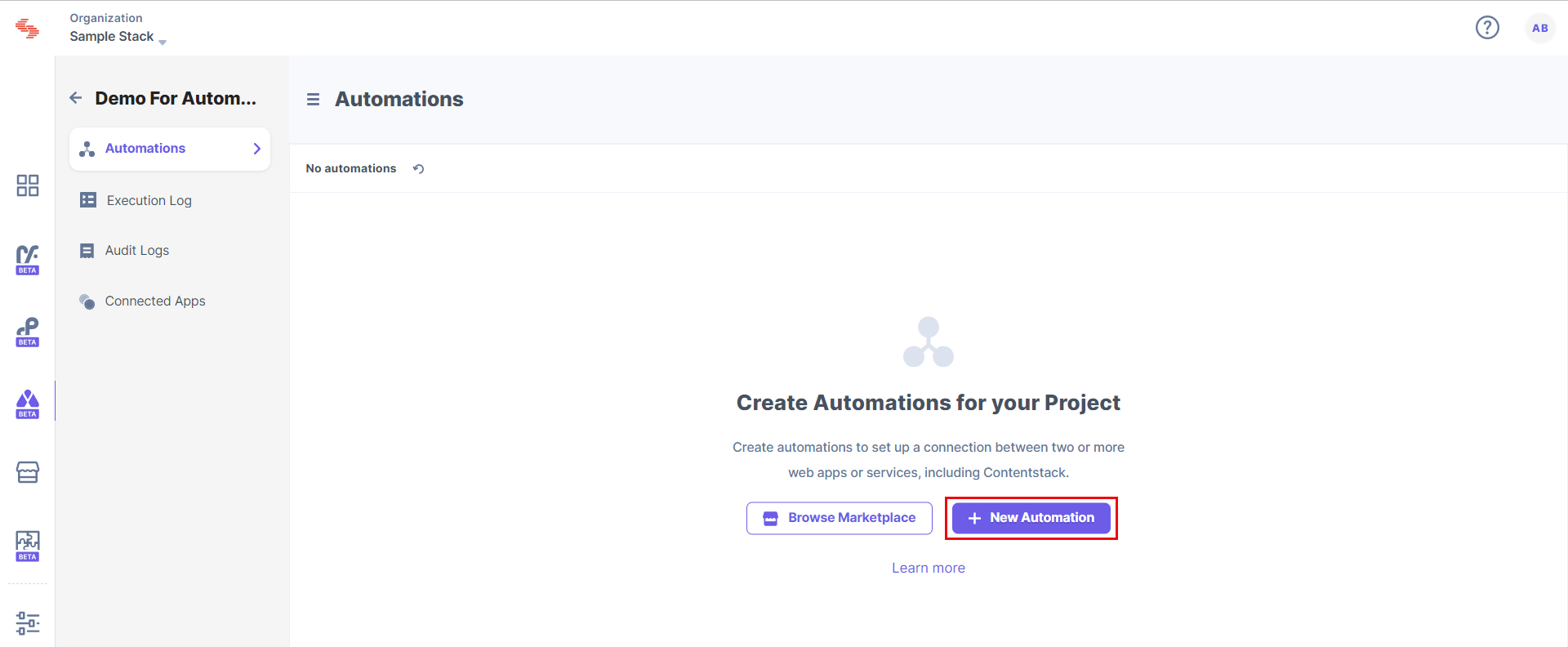
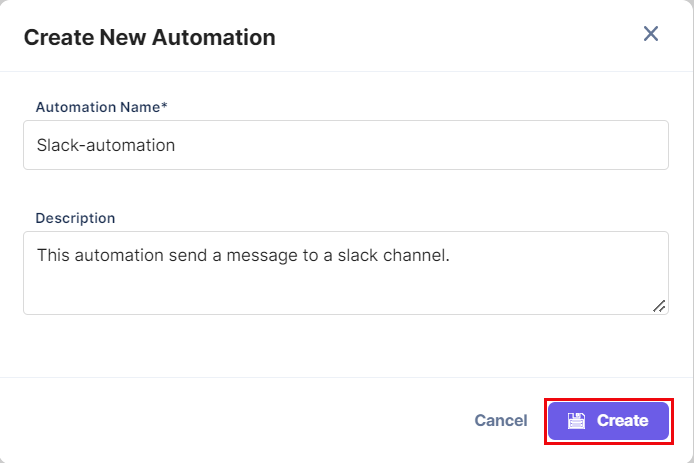
Let’s look at the above steps in the next section.
Triggers are conditions or invocation points that fire off an Automation when an event occurs in Contentstack or an external app or service. They help automate a business workflow to accomplish required tasks.
Configuring a trigger can be broken into the following steps:

Note: For more details on the “HTTP” Connector and other available connectors, refer to Automation Hub Connectors.

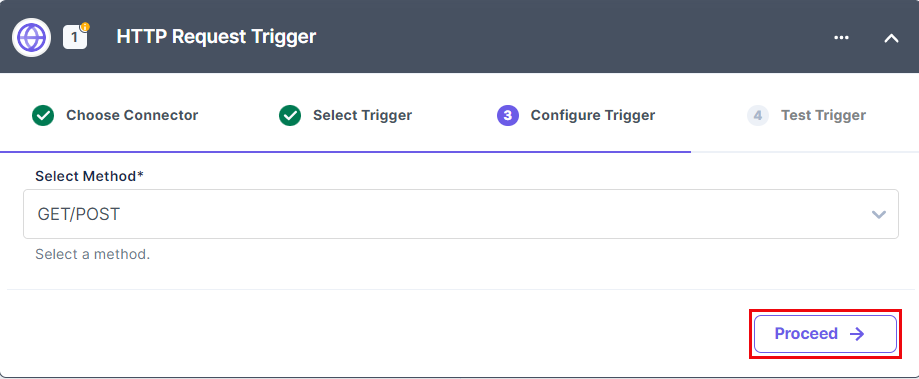
You will find the applicable Input methods and an Input URL in the Test Trigger section.
Note: Once you configure your trigger, you cannot make changes in the first two steps, i.e., you can’t change the connector and its corresponding trigger event. To make any kind of changes, you will need to delete the trigger you set up and configure a new one with the new connector.
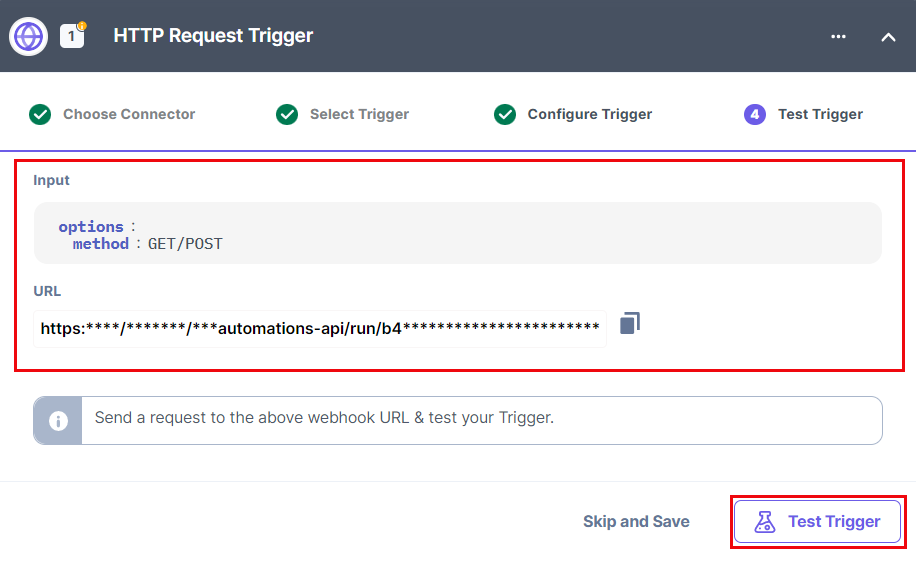
You should be able to see the output as follow:
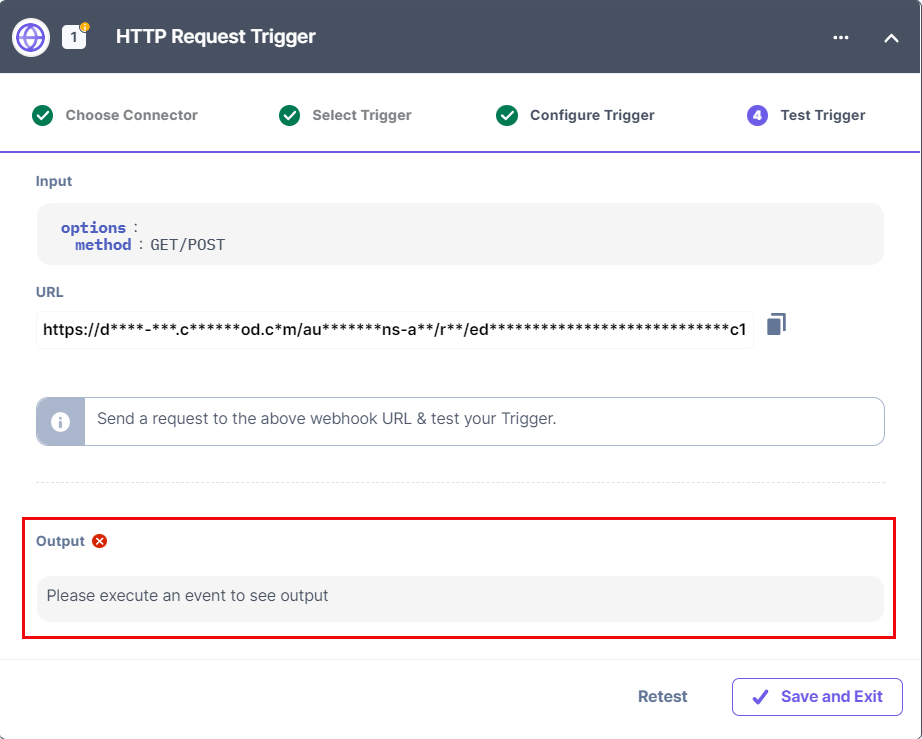
Note: The output doesn’t appear because we haven’t tested the Trigger URL yet.
Next, to try if the trigger is working real-time, perform the following steps:
Here’s what you see
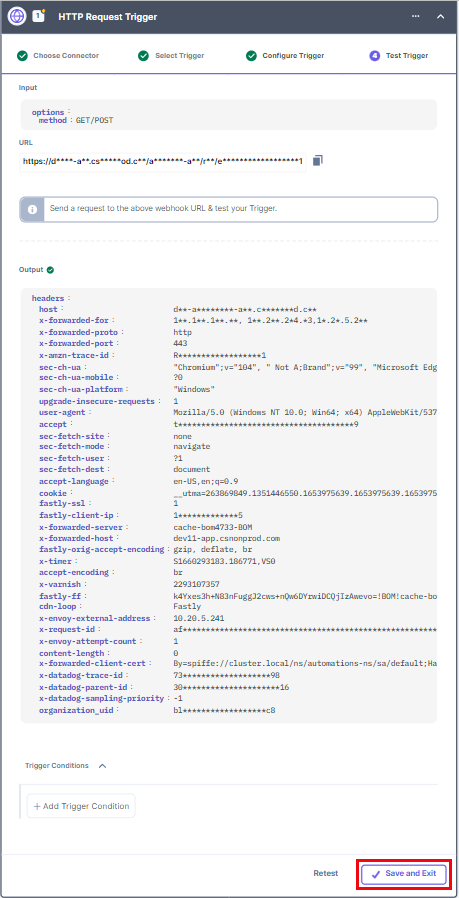
The Filters section (see screenshot in the above step) lets you filter the data displayed in the output. For example, if you want your trigger to proceed further with the configured actions, under the condition that the name parameter (the one you passed in the above step) is “scott” in the output result, click on + Add Filter and pass the following filter condition:
query.name | Matches (Text) | scott
This completes your step of configuring your HTTP trigger.
Note: You will find more details on how to rename a trigger and delete a trigger in the "More Articles" sections.
Action is the event that happens as a result of a triggered event.
To understand the concept of Actions, let’s consider the above example where you set an HTTP Request trigger that is activated when a user fires a GET/POST request. And, you can set up an action that will notify a particular Slack channel when such an event occurs.
After configuring the Trigger, click on Configure Action and perform the following steps to set up the corresponding action:
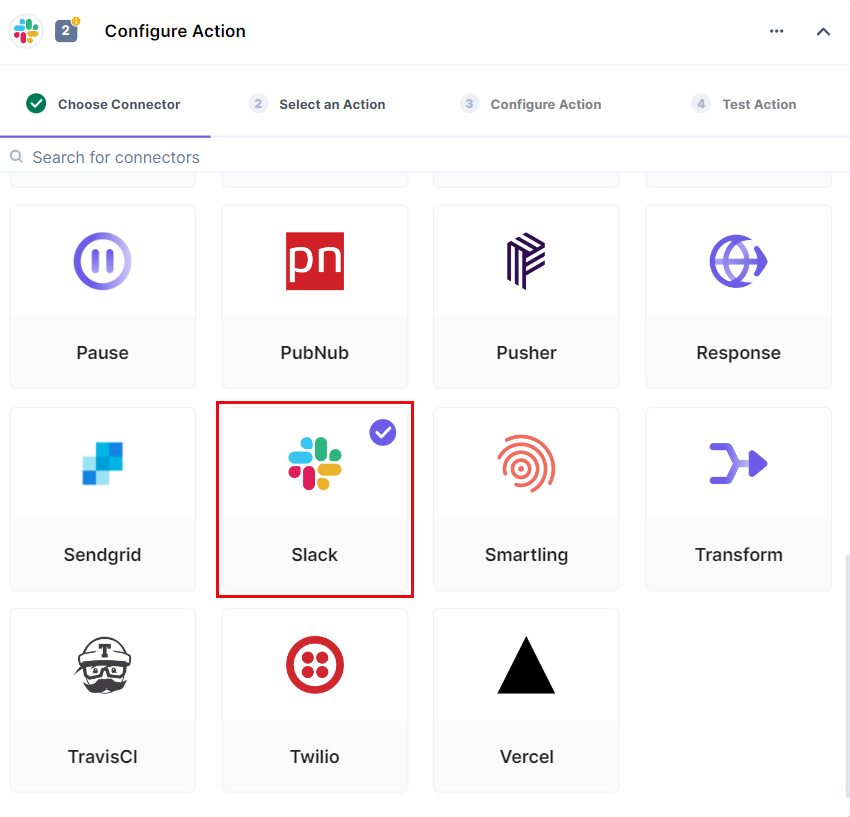

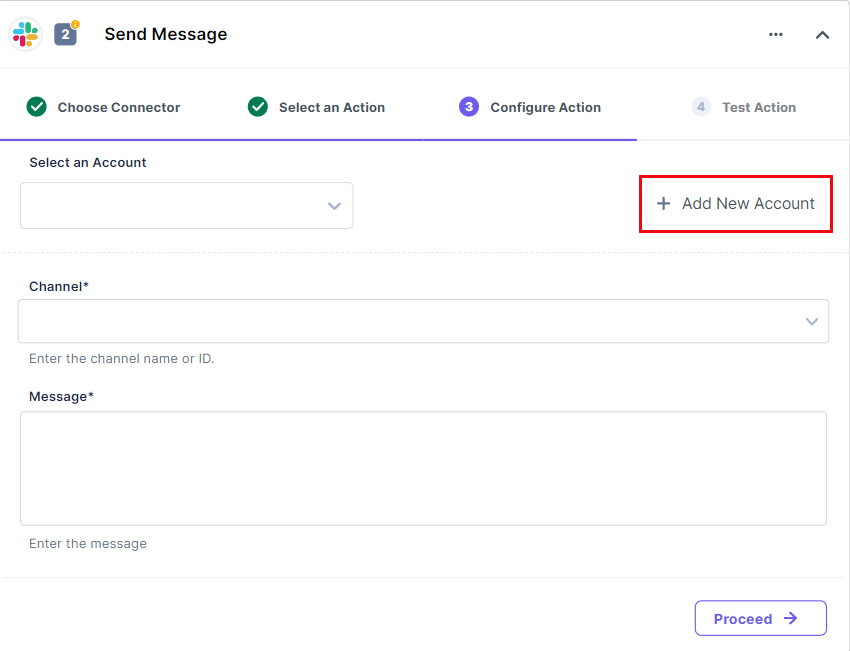
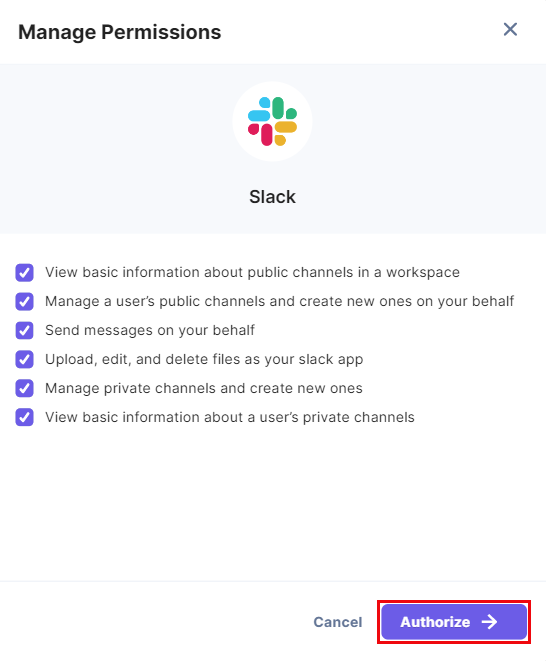
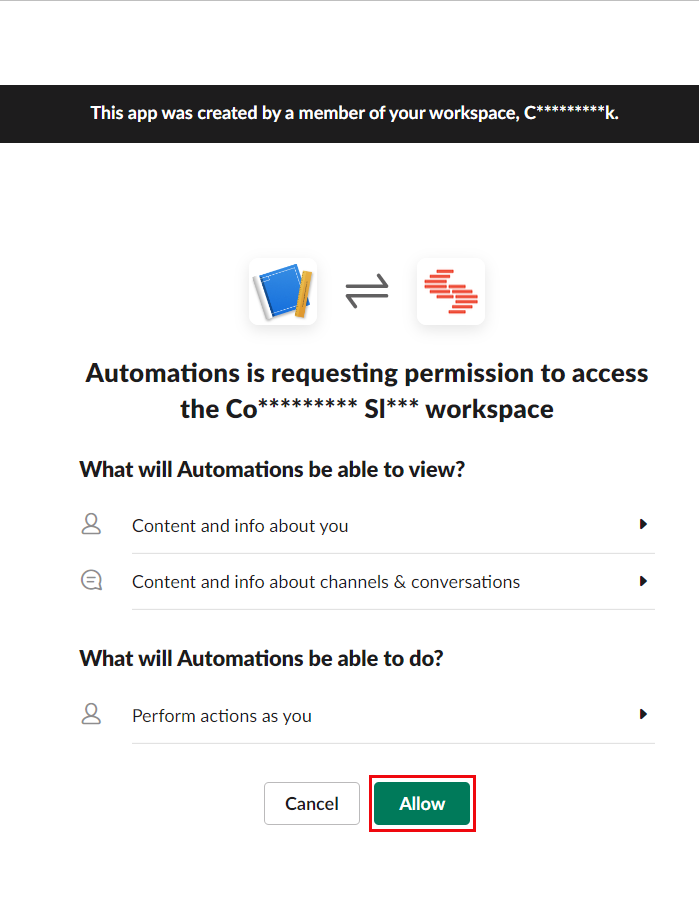
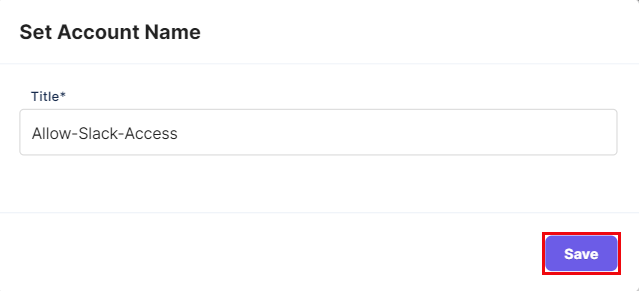
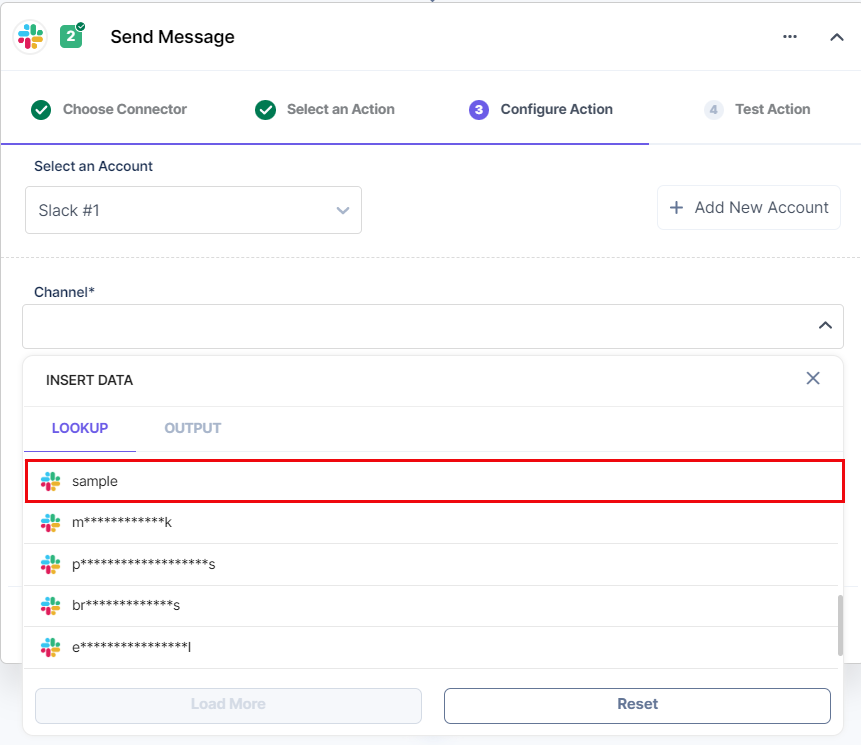
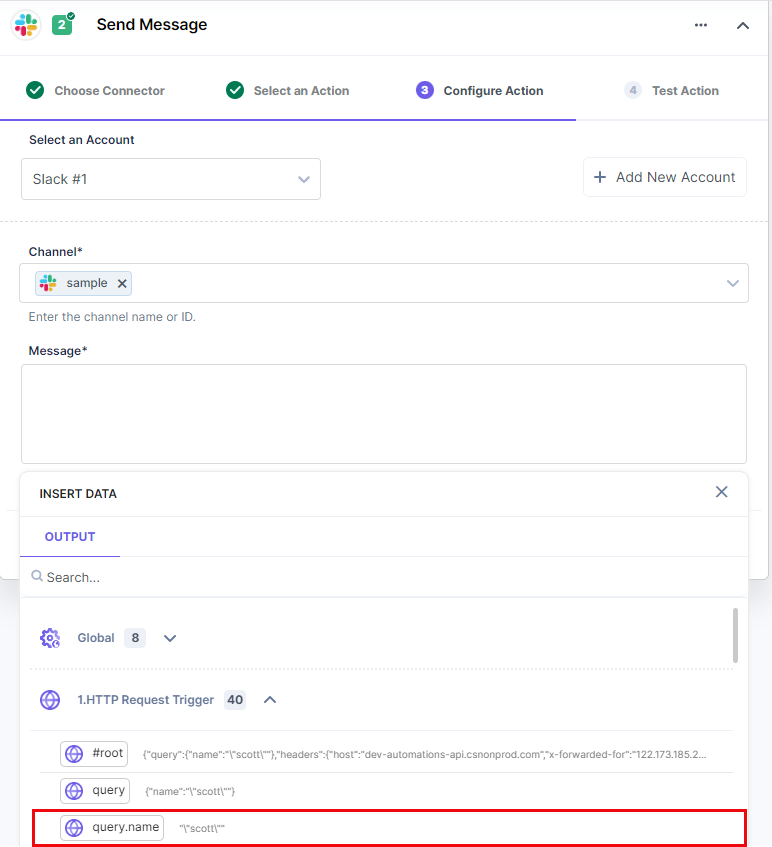
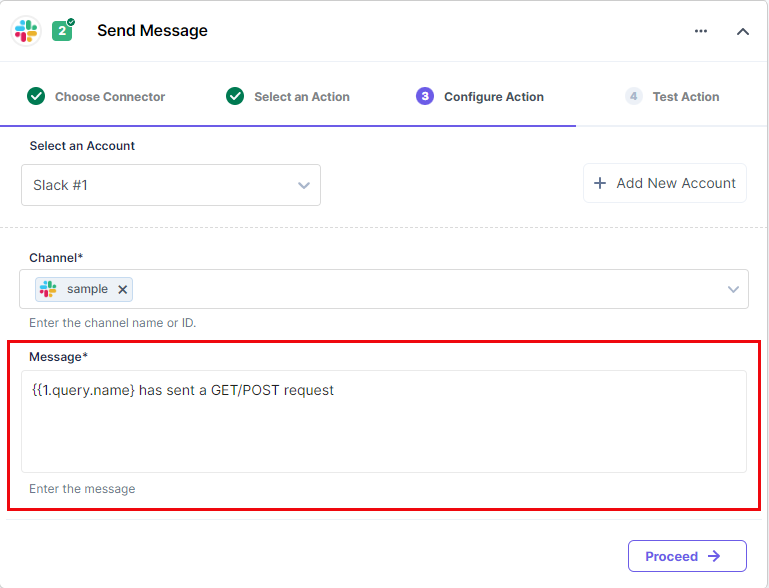
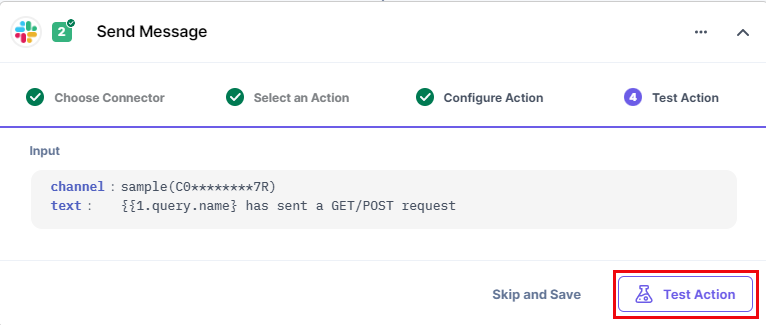
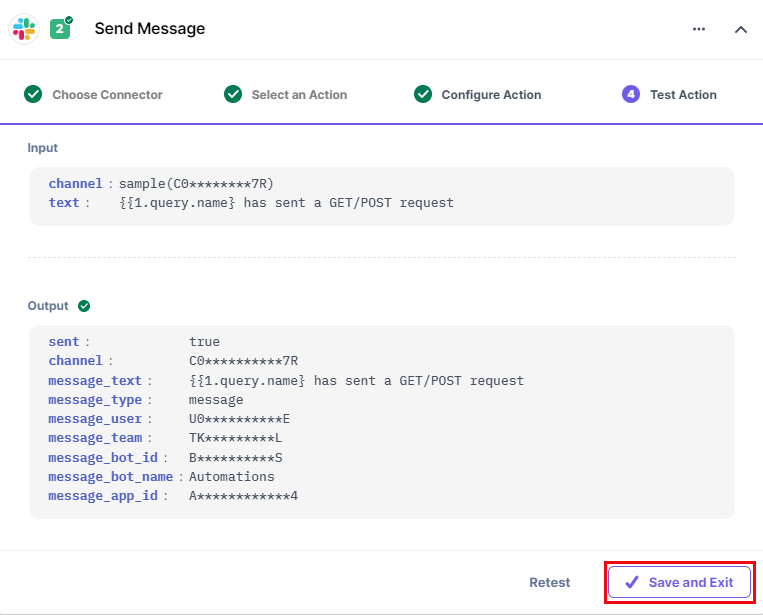

Once it works as expected, click on Save and Exit.
The action is now tested. If you hover over the number (2), the message “Step Tested” will be displayed.
You can add multiple actions in an automation if needed. To do so, click on the “+” (Add new step) icon below the added action

Then, perform all the steps similar to steps that were covered in the Step 2.2 - Configure Action section.
Once done, on the left panel of the page, you will see an outline summarizing the trigger and actions used in the automation.

Note: You will find more details on how to edit automation details, how to delete an automation, and other actions in the "More Articles" section.
Now that you have tested and verified that the automation is working as expected, test out its working in the respective connector you have added as trigger or action.
If you see the changes you incorporated in the above processes are working fine. You are ready to activate the automation for use. If not, revisit all the above steps.
Once your automation is ready for use, you need to activate it to use it in your projects.
To do this, click on the toggle button at the top-right corner:

You can also activate an automation on the Automations homepage as follows:
Was this article helpful?
Thanks for your feedback